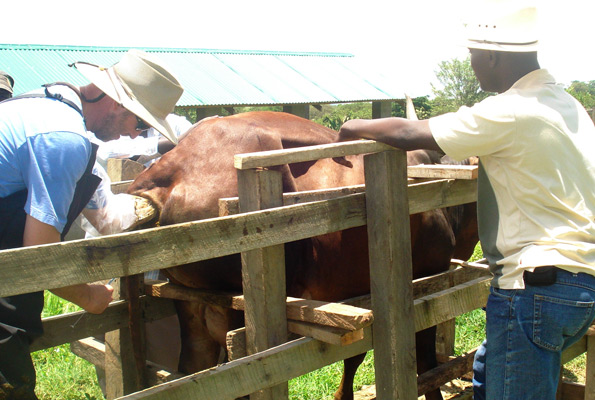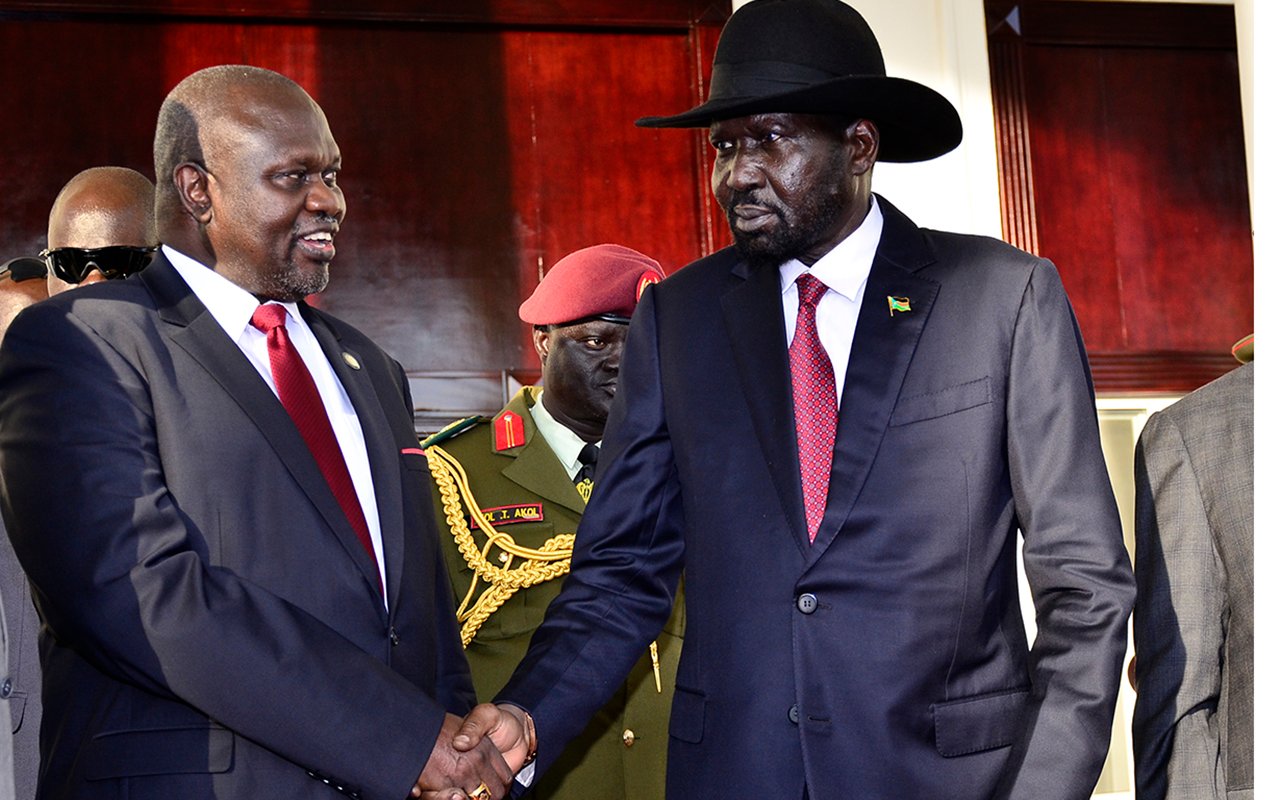Fertilised high breed livestock embryos now in Uganda

While artificial insemination gives a farmer 50 per cent of the breed, an embryo implant results in pure breeds at cheaper prices with a process that takes 290 days for a heifer to give birth. Photo | File
Getting high breed bulls from Kenya costs between Shs6m and Shs10m,but now, one can get this breed locally at less than Shs1m thanks to the embryo transplant innovation, writes Ephraim Kasozi
Livestock farmers seeking to adopt modern high yielding breeds will no longer need to import grown up animals that come from across the borders at exorbitant prices.
Barnabas Nuwamanya says, the ranch has originally been importing livestock breeds which have been expensive;
“Breeding bulls from Kenya costs between $3,000 (Shs6m) to $5,000 (Shs10m) depending on the quality but some breeds are not in Kenya. If you import a bull from US, it costs between $10,000 (Shs20m) to $12,000 (Shs24m),” says Nuwamanya, the Chief Executive Officer of Banuti Ranchers.
This is where he breaks the news for the dairy farmers in Uganda: “That is why we have opted to import embryos which cost between $475 to $500 (Shs1m).”
He says, “Transferring an embryo from Michigan to Uganda is much cheaper compared to transporting a single bull at Shs20m. Chances of an imported bull adapting to the climate changes are negligible because in case of loss, it is a lot of money and for only a single animal,” says Nuwamanya adding, “But here the embryos already fertilised are transported in large numbers and the chances of maintaining a pure breed are higher.”
He says the move to import the embryos is aimed at increasing the number of species for livestock farmers in and out of the cattle corridor.
“The amount of money used to import a single bull can buy 20 embryos which can easily adapt to the Ugandan climate.”
Banuti who?
Banuti Ranchers Ltd is a registered company for improving livestock breeds for dairy and beef.
The company’s main offices are at Nkoma Ranch located two kilometres north of Mbirizi-Matete Road in Masaka District.
Banuti Ranchers has five ranches; Nkoma Ranch in Mbirizi, a home of Holeisten Fresians for diary, Kabarungi Farm, a home of pure Sahiwals breed (a product imported from Kenya and Pakistan), Mijwara Ranch in Sembabule District for Boran Stard heard for beef and Nyambaju in Luwero District for pure and cross breeds comprising Cross Boran-Charolais, and a cross of sahiwals-simmentals. Masindi Ranch is majorly for pure Ankole breeds and other cross breeds for beef like cross Charolais-Ankole, Boran- Ankole, Sahiwal-Ankole and Boran-Sahiwal and Boran-Fresian.
Nuwamanya, a livestock breeder says: “We need to change for better breeds and upgrade the quality and genetics for pure exotic breeds. The genetic transfer of breeds gives 50 per cent increase in both dairy and beef production.”
He says that the initiative would give a chance to farmers to get various breeds that include; Brahaman, Red Angus, Black Angus, Sim Angus, Simbra, Duramax and Black- Simmentals, these are pure breeds which are of high quality but nonexistent in Africa.
He says that artificial insemination gives a farmer 50 per cent of the breed while an embryo gives pure breeds at cheaper prices with a process that takes 290 days for heifer to give birth.
“We synchronise a number of heifers to go on heat at once but we don’t allow them to undergo mounting until a week after because the embryos are seven days old. Then embryo implant is done,” says Michael Green, an embryologist.
He says that the already fertilised embryos carried in nitrogen containers are checked under a microscope to find out if they are alive before injected into the heifer selected.
“To ensure proper growth of the embryo and calf, a heifer must be at least three years old but after giving birth, a calf has to breast feed fully for seven months,” Green adds.
It requires him as an expert to explore the heifer’s reproductive system to be able to place it in the right position.
Pollington Craig, the executive director of a livestock genetic centre, Seed Time and Harvest Ministry in the United States says, the breeds expected would be pure and adaptable in Ugandan environmental conditions unlike one who buys an already grown up bull and cow.
He says the breeds once developed would enhance the quality and quantity of beef and milk.
Craig says, a donor cow is inseminated and after seven days, you flash out the embryos for storage. They are implanted into a surrogate mother (recipient cow).
“By the time I started as a breeder, people would demand for various breeds some of which are not available in Uganda or Kenya like Brahaman and Simbras,” says Nuwamanya.




